The inception of the Gregorian calendar, a pivotal moment in the measurement of time, traces back to the issuance of the papal bull Inter gravissimas on February 24, 1582.
Named after Pope Gregory XIII, this calendar system emerged as a response to the inaccuracies plaguing its predecessor, the Julian calendar.
The papal decree signified a profound reform, addressing the drifting misalignment with the solar year.
Central to this transformation was the adjustment of the calendar by skipping 10 days after October 4, 1582.
This historic event, marking the beginning of the Gregorian calendar, laid the foundation for a globally recognized and enduring system, finely tuned to the celestial rhythms governing our understanding of time.
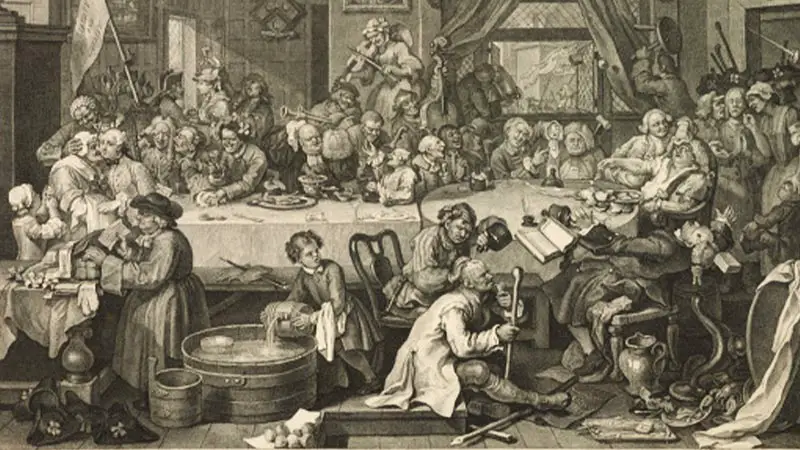
What Is the Gregorian Calendar?
The Gregorian calendar, named after Pope Gregory XIII, is the widely used calendar system introduced in 1582.
It replaced the Julian calendar to rectify its drifting from the solar year. The reform aimed to restore alignment with astronomical events like the spring equinox for accurate determination of Easter.
Notable modifications included skipping 10 days after October 4, 1582, and refining leap year rules.
With years divisible by 4, except those divisible by 100 but also divisible by 400 being leap years, the Gregorian calendar significantly reduced errors. Now the international standard balances precision with practicality in measuring time.
Events that Mark the Beginning of the Gregorian Calendar?
The Gregorian calendar, widely recognized and utilized across the globe, emerged as a refinement to address the inaccuracies of its predecessor, the Julian calendar.
Named after Pope Gregory XIII, this calendar system was introduced in 1582 to rectify the drifting misalignment with the solar year, particularly affecting the calculation of events such as Easter.
At the heart of this transformation lies the issuance of the papal bull Inter gravissimas on February 24, 1582.
This proclamation laid the groundwork for crucial adjustments that would shape the Gregorian calendar into the precise and reliable system we use today.
The Need for Reform
The Julian calendar, established in 46 BC, had a significant flaw. Its assumption that a year consisted of precisely 365.25 days led to a misalignment with the solar year, resulting in a deviation of about one day every 128 years.
By the 16th century, this discrepancy had accumulated, compelling the need for corrective action to restore accuracy.
The Papal Bull Inter gravissimas
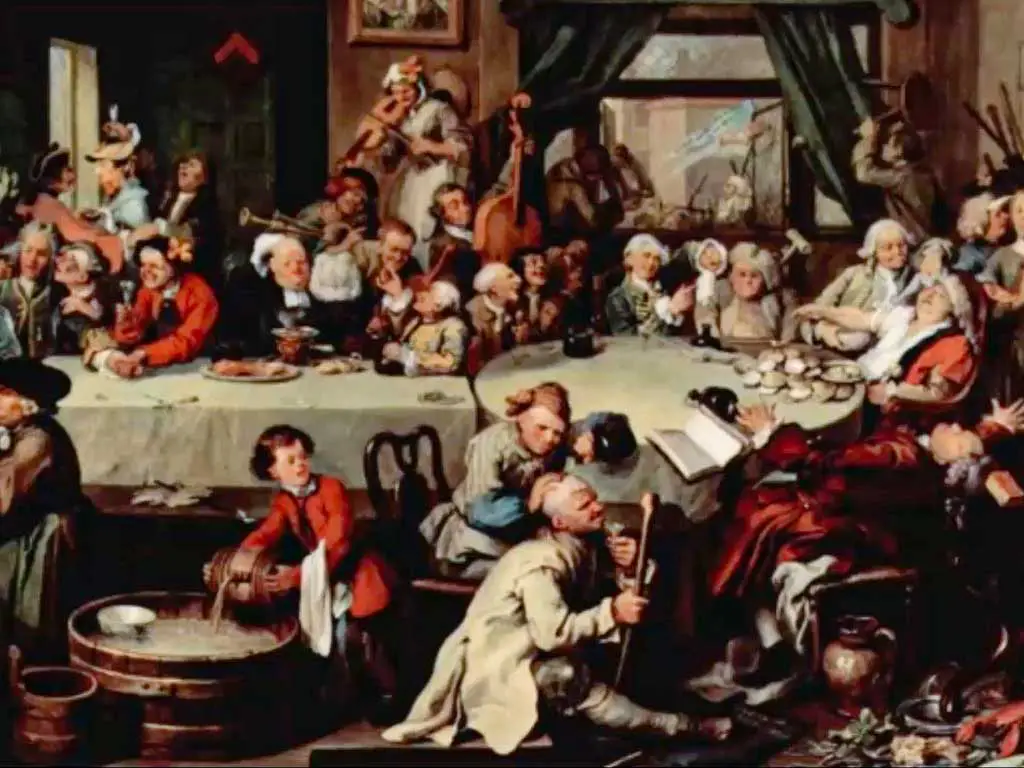
On February 24, 1582, Pope Gregory XIII issued the papal bull Inter gravissimas, a pivotal document formally declaring the reform of the calendar.
In this historic decree, the Pope outlined a series of measures, including the adjustment of the calendar by skipping 10 days after October 4, 1582.
This recalibration effectively moved the date to October 15, 1582, aligning the calendar more closely with astronomical realities.
Modification of Leap Year Rules
As part of the comprehensive reform, Pope Gregory XIII introduced modifications to the rules governing leap years.
The refined criteria stated that only years divisible by 4 would be leap years unless they were divisible by 100 but also divisible by 400.
This nuanced adjustment aimed to minimize the drifting error, resulting in a more precise synchronization of the calendar with the solar year.
Gradual Global Adoption
While Catholic countries in Europe swiftly embraced the Gregorian calendar, its acceptance on a global scale unfolded gradually.
Protestant nations, such as Britain and its colonies, resisted the change for religious and political reasons, eventually adopting the new calendar in 1752.
Some Orthodox countries, including Russia and Greece, and non-Christian nations like China, Japan, and Turkey, transitioned to the Gregorian calendar in the 20th century for civil purposes while retaining their traditional calendars for cultural and religious events.
Legacy and Recognition
The Gregorian calendar, born out of the papal bull and subsequent reforms, has become the international standard for civil and scientific purposes.
Renowned for its precision and practicality, it stands as one of the most successful and enduring calendar systems in history, shaping the way we organize and measure time globally.
What Calendar Came Before the Gregorian Calendar?
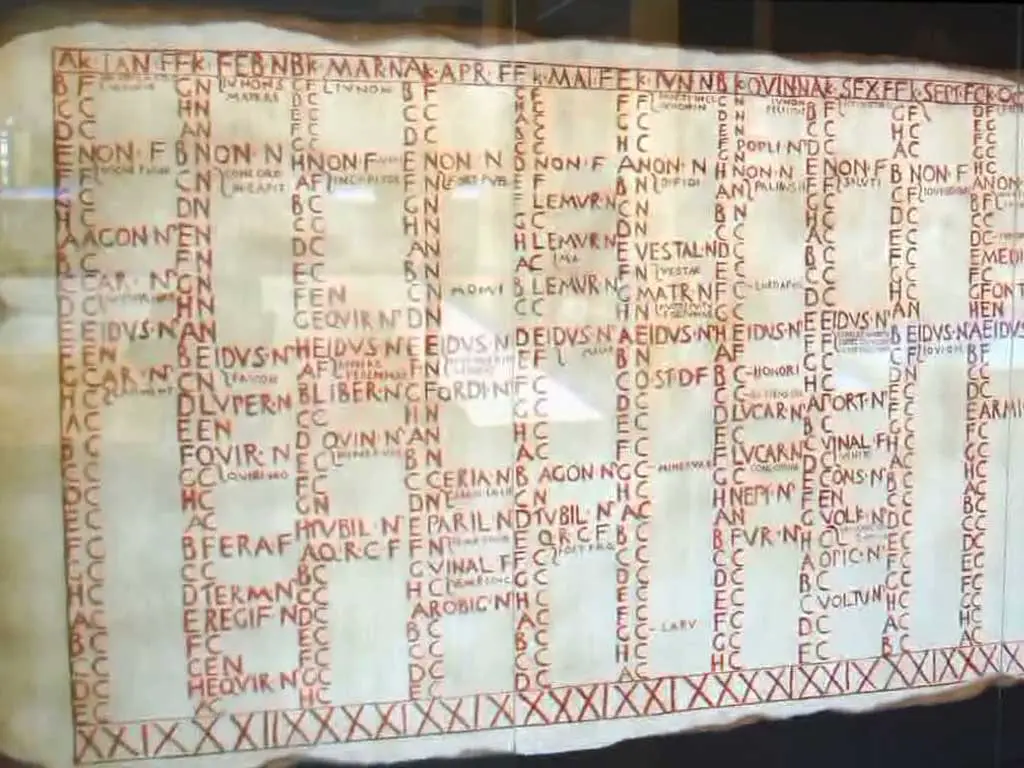
The calendar that preceded the Gregorian calendar was the Julian calendar. Named after Julius Caesar, who introduced it in 46 BC, the Julian calendar was designed to reform the Roman calendar.
It featured a year of 365.25 days, with a leap year every four years to account for the roughly 0.25-day discrepancy with the solar year.
However, this approach slightly overestimated the solar year, leading to a gradual misalignment with the equinoxes.
By the 16th century, this discrepancy had accumulated, prompting the need for further reform.
The Gregorian calendar, introduced by Pope Gregory XIII in 1582, addressed these issues, refining leap-year rules and adjusting the calendar to restore accuracy.
Who Invented the Gregorian Calendar?
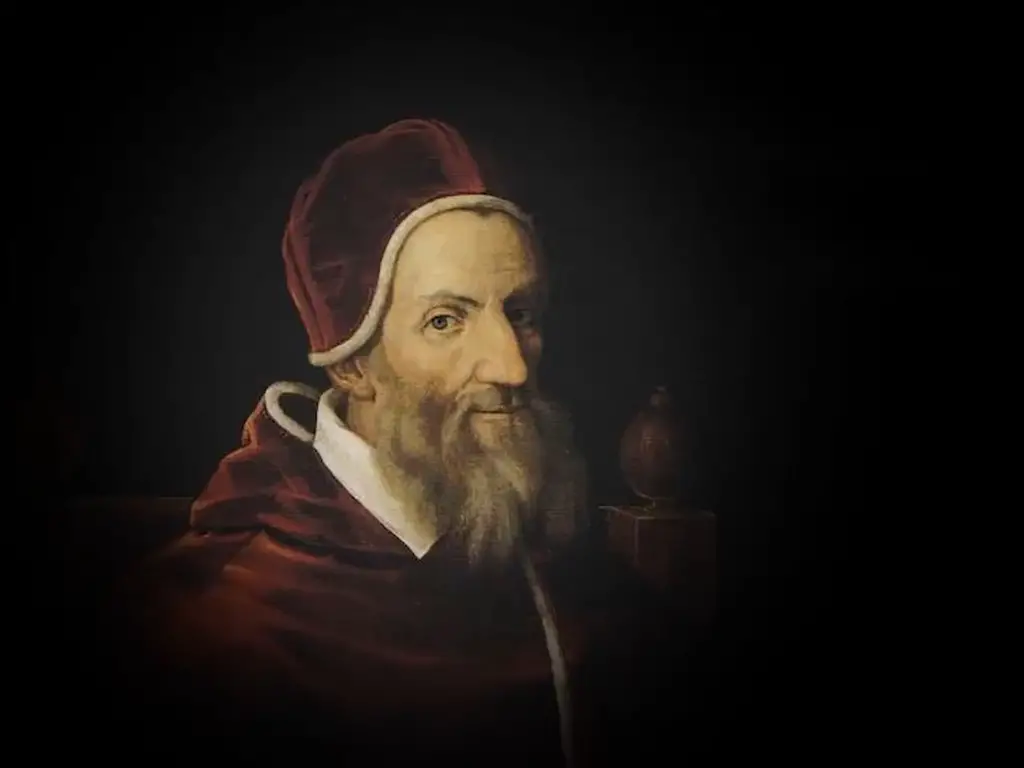
The Gregorian calendar was not invented by a single individual; rather, it was introduced by a series of reforms under the guidance of Pope Gregory XIII.
The reforms were implemented to address the inaccuracies and drift in the Julian calendar, which had been in use since 46 BC.
The Gregorian calendar, named after Pope Gregory XIII, was introduced in 1582 with the issuance of the papal bull “Inter gravissimas.”
While Pope Gregory XIII played a crucial role in initiating and implementing these reforms, credit for the invention of the Gregorian calendar is often attributed to a committee of astronomers, mathematicians, and clerics who worked under the direction of the papal authorities.
When Was the Gregorian Calendar Made?
The Gregorian calendar was introduced in October 1582. The specific event that marks its implementation is the issuance of the papal bull “Inter gravissimas” by Pope Gregory XIII on February 24, 1582.
The reforms outlined in this papal decree included adjustments to the calendar to address inaccuracies inherited from the Julian calendar.
As part of these adjustments, ten days were skipped after October 4, 1582, aligning the calendar more closely with the solar year.
This marked the beginning of the Gregorian calendar, which has since become the widely adopted calendar system used internationally for civil and scientific purposes.
FAQs
Why was the Gregorian calendar introduced?
The Gregorian calendar was introduced to rectify the inaccuracies of its predecessor, the Julian calendar, which had drifted away from the solar year, impacting the calculation of important events like Easter.
What specific changes were made to implement the Gregorian calendar?
The primary changes involved skipping 10 days after October 4, 1582, and refining leap year rules.
Leap years were modified to include only those divisible by 4, with exceptions for years divisible by 100 but also divisible by 400.
Which countries were the early adopters of the Gregorian calendar?
Catholic countries in Europe were the early adopters of the Gregorian calendar. However, its acceptance on a global scale occurred gradually over the centuries.
Why did some countries resist adopting the Gregorian calendar?
Some Protestant countries, such as Britain and its colonies, resisted the change for religious and political reasons, eventually adopting the Gregorian calendar in 1752.
The transition varied, with Orthodox and non-Christian nations making the shift in the 20th century.
To Recap
The event that marks the beginning of the Gregorian calendar, encapsulated in the issuance of the papal bull Inter gravissimas on February 24, 1582, signifies a transformative chapter in the history of timekeeping.
Pope Gregory XIII’s decisive measures, including the adjustment of the calendar and refined leap year rules, rectified longstanding inaccuracies inherited from the Julian calendar.
This reform not only realigned the calendar with astronomical realities but also established the Gregorian calendar as the international standard for precision and practicality.
The legacy of this historic event endures, shaping the way we organize and measure time globally, while its roots remain deeply embedded in the pursuit of accuracy and temporal harmony.
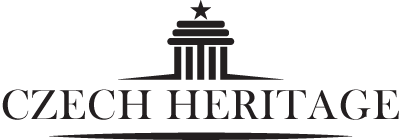
Leave a Reply